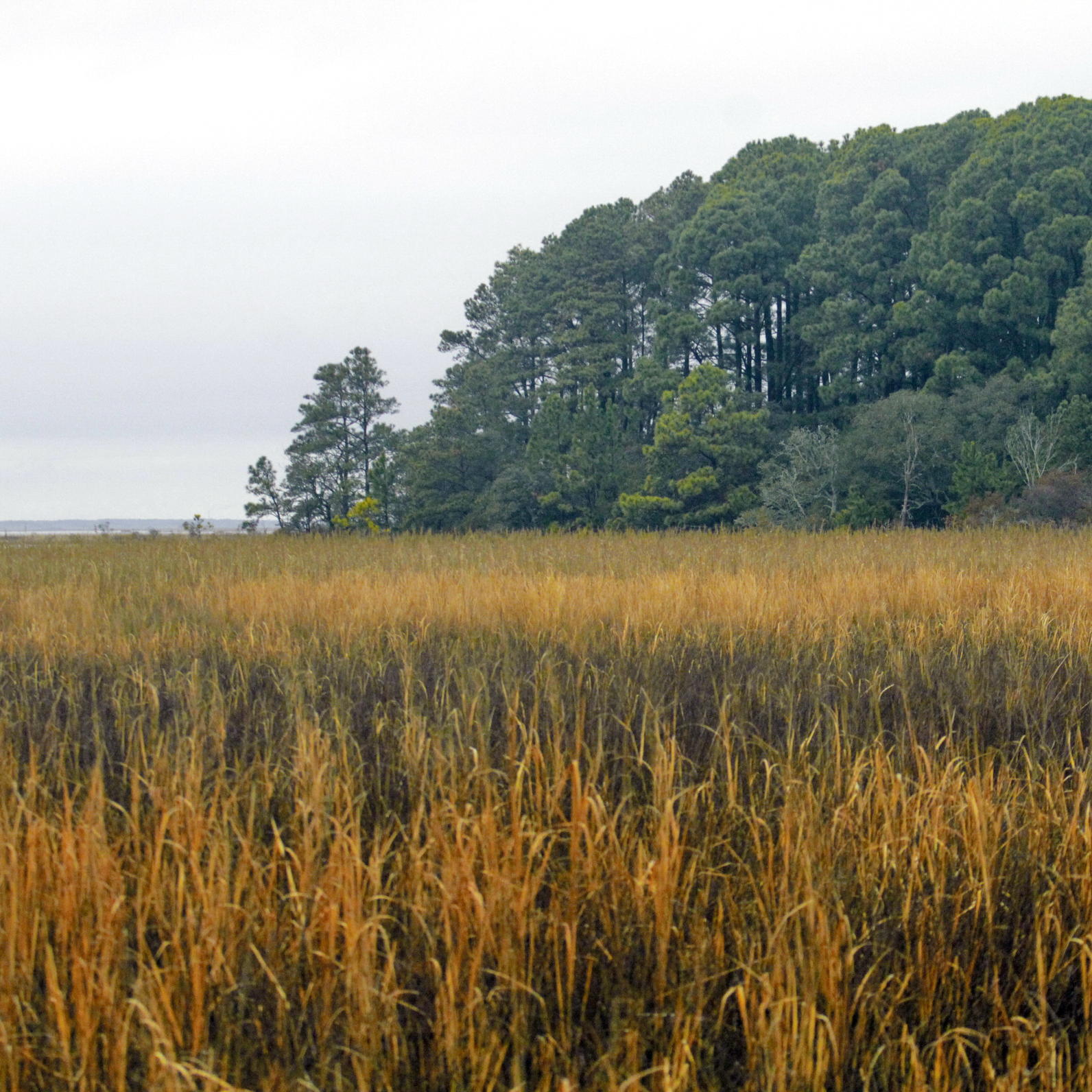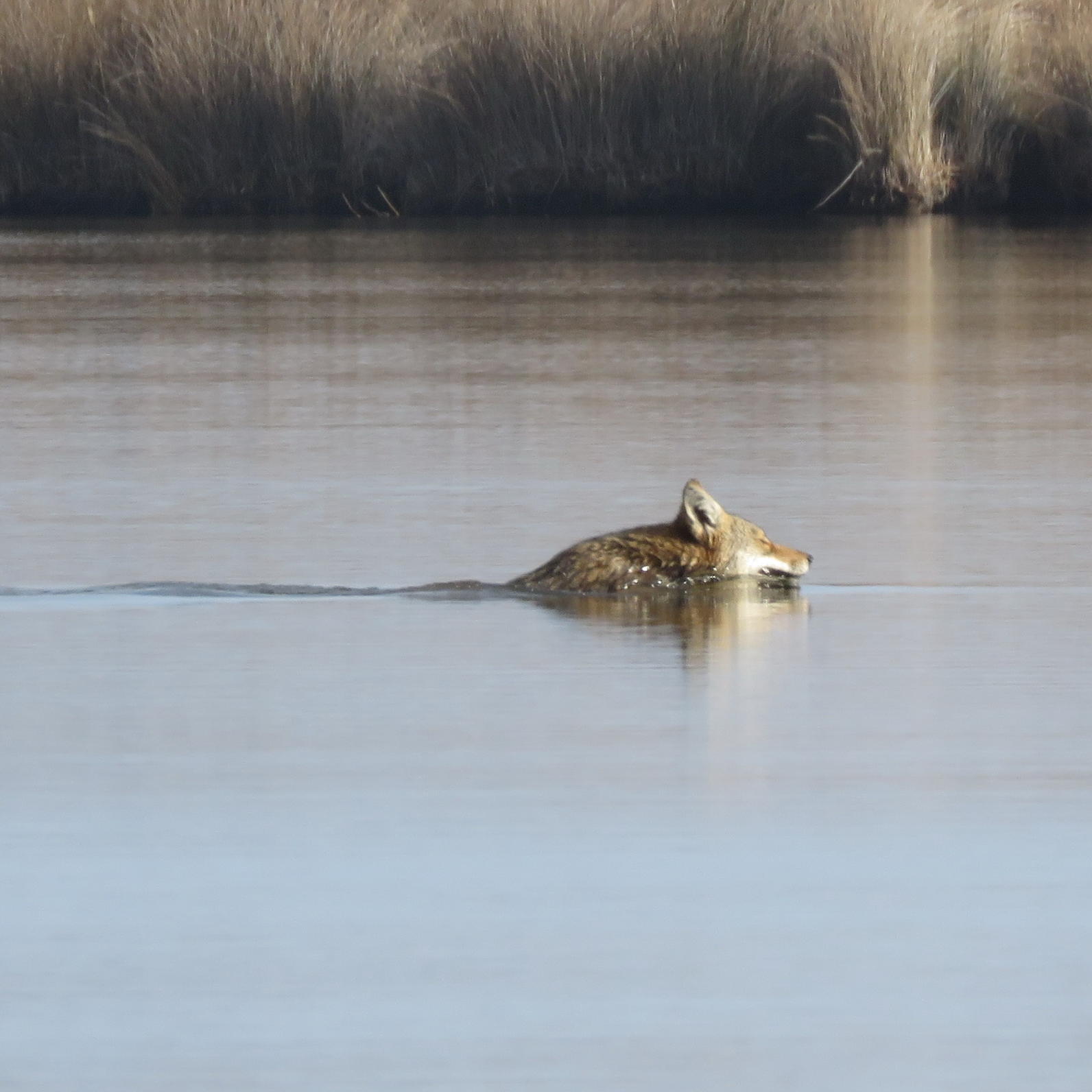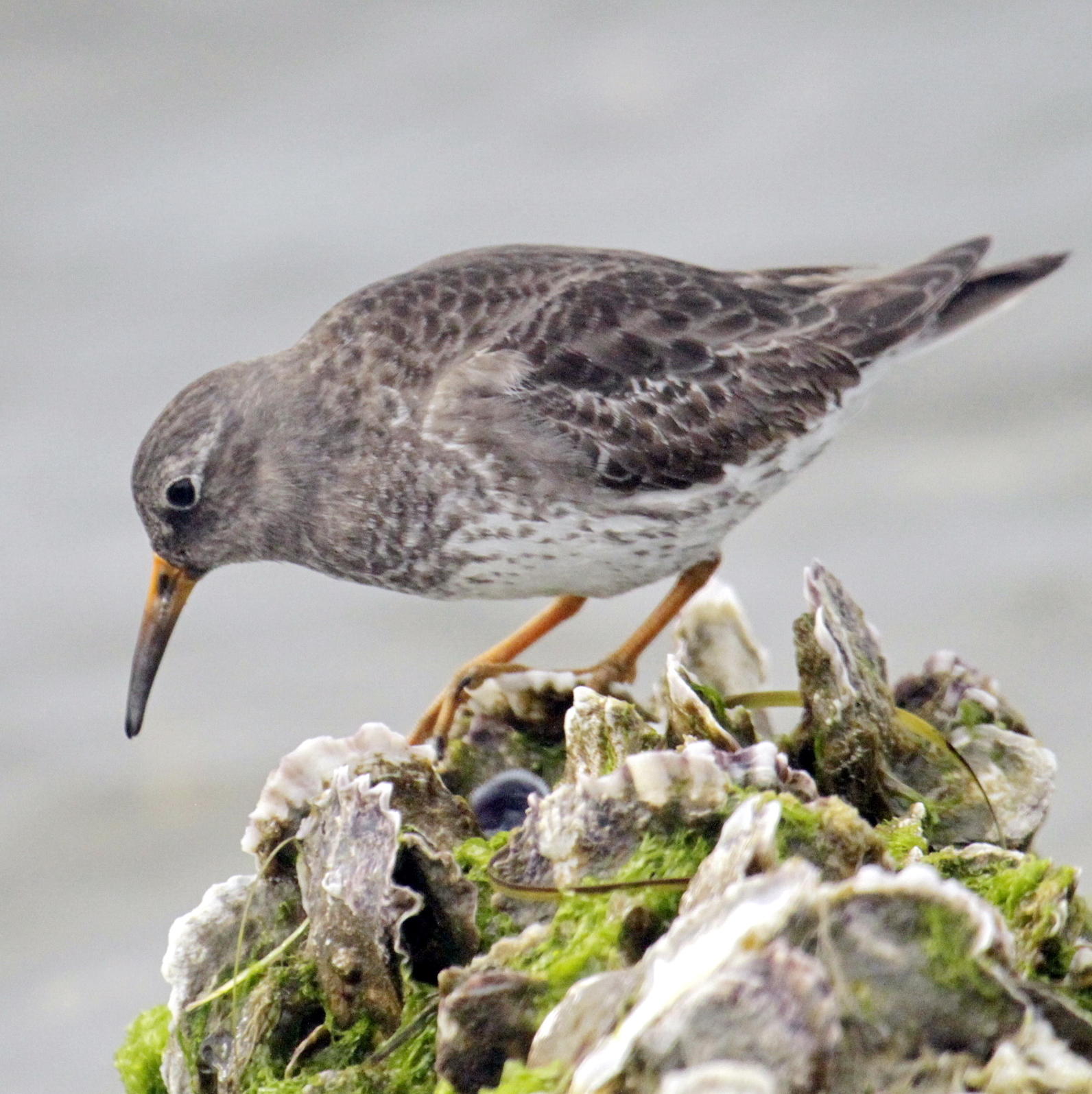Over the weekend of February 9-11, 2018, the New Hope Audubon Society, based in Chatham, Durham, and Orange counties, organized a group of 17 birders and nature lovers to go to the Pine Island Sanctuary in Corolla, North Carolina, on the Outer Banks.
The Sanctuary is under the management of Audubon North Carolina, and its director, Robbie Fearn, treated us as if we were his most special guests. The lodge is available for rental to educational, service, and nature-loving groups for a very modest fee.
Just imagine:
We arrived at the lodge in the late afternoon on Friday. Robbie greeted us and helped us find our way to our rooms, showed us around the kitchen at our disposal, and invited us to sit in the large, but cozy lounge, complete with a giant fireplace. The lodge is an old structure that has been renovated beautifully, with paintings on the walls, neat old rugs scattered on the dark wooden floors, and hunting decoys and other old-timey North Carolina implements deployed everywhere.
We ate our Friday and Saturday dinners at two local restaurants, but we brought all our own food for our breakfasts and lunches. There was sustenance aplenty and spreading ourselves around the two dining room tables felt congenial and comfortable.

Saturday morning, we split into small groups. While one group motored out into the waters of the sound in two john boats, the other two groups went birding around the sanctuary grounds.
We rotated through, so everyone could get a chance on the water, where we got to experience the rushes and grasses of a healthy expanse of saltmarsh, a habitat becoming all too rare along our coast. One group of boaters thrilled to the appearance of a coyote swimming across the channel in front of us. The land birders walked the trails through maritime forest of live oaks, various bays, wax myrtles, and loblolly pines. Yes, loblollies where they are truly native on the Outer Banks.

In addition to the sanctuary grounds, we visited several other places in the area. The town of Duck has built a long boardwalk that winds its way along the sound side of the island, with views of geese, swans, and ducks on the water and assorted sparrows in the marsh grasses. The Currituck Banks North Carolina National Estuarine Research Reserve has a trail through its forest complete with wintering nuthatches, kinglets, and creepers, as well as a boardwalk out into the marsh.
We also spent the late afternoon watching hundreds of gannets, pelicans, gulls, cormorants, and loons diving into the water, biding their time on the beach, or flying back and forth over the Atlantic Ocean. Arriving back at the sanctuary at dusk, some of us listened to woodcocks doing their display flights over the fields surrounding the lodge.
Sunday morning, we did a little more birding on the sanctuary grounds, cleaned up the kitchen, packed up our gear, and went south down the Outer Banks. We stopped in Nags Head Woods, owned by the Nature Conservancy, a beautiful old growth maritime forest with trees growing up in sand dunes, another bit of habitat that is becoming all too rare in the region. Our last stop before heading home was at Oregon Inlet and the jetty where we found Red-throated Loons, lots more gannets and cormorants, and a great look at a Purple Sandpiper.

All in all, we had a pleasant, congenial, comfortable, even a little bit magical stay in a beautiful piece of North Carolina that is essential to the health and well-being of our coastal communities that are all too often giving way to beach development. Organize a group to visit this sanctuary that has been saved by Audubon North Carolina. Support the sanctuary in any way you can. It is a treasure for all of us.
This story was originally published by Norm Budnitz for New Hope Audubon Society. It is available on their site here.



